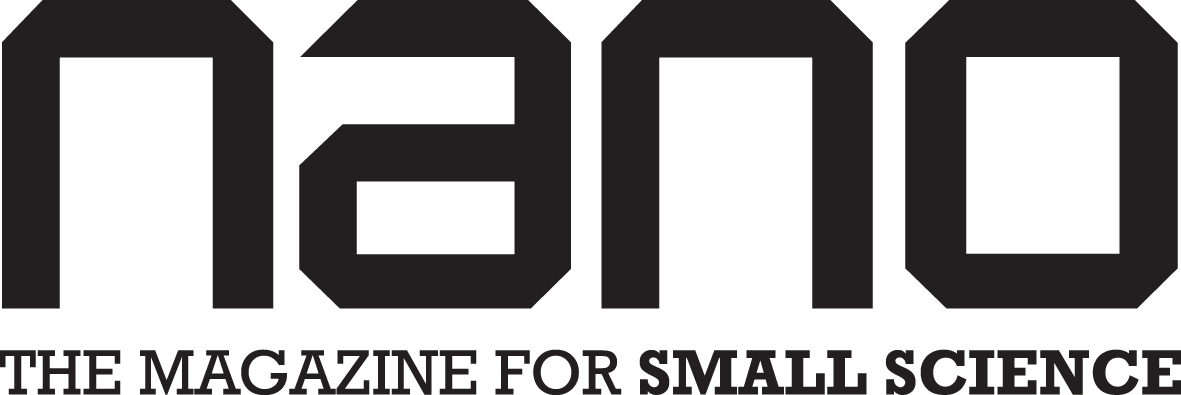Nanotechnology Enhances Surgical Precision and Healing

Researchers at Empa and ETH Zurich have introduced an innovative surgical technique that revolutionises how wounds are healed.
This new method, which diverges from the traditional needle and thread approach used for over 5,000 years, employs a sophisticated laser soldering process to fuse tissues, promising to enhance the healing process and reduce complications.
While effective, traditional suturing has limitations, especially in delicate or soft tissues where the suture can cause additional damage or fail to provide a secure seal. This is particularly problematic in internal organs, where an unsealed wound can lead to severe, even life-threatening, complications. The new technique developed by the Empa team, led by Oscar Cipolato and Inge Herrmann, aims to address these challenges.
At the heart of this groundbreaking method is a bonding agent composed of metallic and ceramic nanoparticles. This paste, containing titanium nitride and bismuth vanadate nanoparticles, plays a crucial role in the soldering process. When exposed to laser light, the titanium nitride nanoparticles convert the light into heat, effectively soldering the tissue. Meanwhile, the bismuth vanadate particles act as nano-thermometers, emitting light at specific wavelengths that vary with temperature. This allows for precise, real-time temperature control during the procedure, a critical factor considering the delicate nature of biological tissues.
The precision and efficiency of this new technique make it particularly suitable for minimally invasive surgeries. It enables the surgeon to work accurately without stirring and monitor temperature differences in superficial and deep wounds. This advancement in medical technology could significantly improve the outcomes of surgeries involving delicate organs and tissues.
Collaboration with medical professionals from the University Hospital Zurich, the Cleveland Clinic in the U.S. and Charles University in the Czech Republic has been integral to this project. These partnerships have allowed the team to test and refine their technique on various tissues, including the pancreas, liver, urethra, fallopian tubes, and intestines. The results have been promising, showing fast, stable, and biocompatible bonding of wounds in these diverse tissue types.
In their pursuit of making this technology more accessible and suitable for typical hospital settings, the researchers have made another significant breakthrough. They have successfully replaced the laser light source with infrared (IR) light, which is gentler and more compatible with standard operating procedures.
Empa researcher Inge Herrmann notes that this adaptation means the soldering technology could be employed in conventional operating rooms without additional laser safety measures. This shift to IR light enhances the procedure’s safety and broadens the potential for its application in various surgical environments.
The team has filed a patent application for the nanoparticle composite material to protect and further develop this innovative technology. They aim to see this new soldering method become a standard practice in surgeries worldwide, offering a more effective and safer alternative to traditional suturing techniques.
This development in surgical technology represents a significant leap forward in medical science, providing a new, more reliable way to heal wounds. It stands as a testament to the ongoing evolution of surgical techniques and the commitment of researchers to improving patient care. As this method moves closer to widespread adoption, it holds the promise of transforming surgical practices and improving outcomes for patients around the globe.
COMPANIES TO WATCH:
Author:
Arnold Kristoff
Content Producer and Writer





